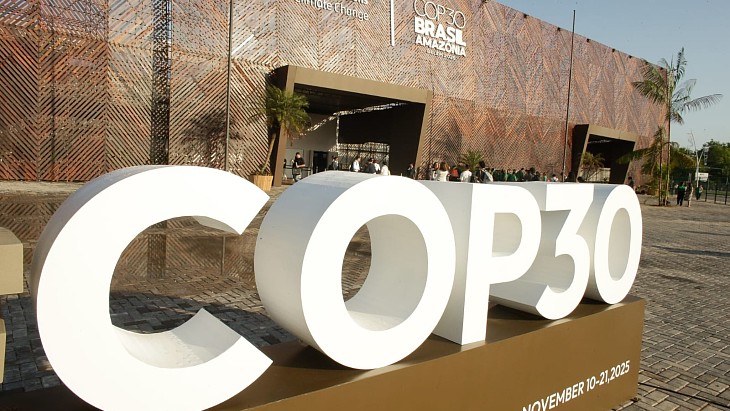A new material that can capture radioactive caesium ions by snapping shut like a Venus Flytrap could lead to new breakthroughs in radioactive waste treatment.
.jpg) |
| A hungry Venus Flytrap (Image: Zest-PK) |
The flytrap mechanism came as a surprise to lead researcher Mercouri Kanatzidis, a professor of chemistry at Northwestern, and Nan Ding, who at the time of the research was a doctoral student in Kanatzidis's research group. "Seeing the windows close was completely unexpected," Kanatzidis said. "We expected ion exchange - we didn't expect the material to respond dynamically."
The Venus flytrap process could potentially be useful in the design of new materials for the selection of difficult-to-capture ions, for example removing notoriously difficult-to-isolate radioactive caesium ions from liquid waste. The size, shape and flexibility of the holes allow the positively charged caesium ions to pass through and be trapped, leaving the non-radioactive sodium ions in the liquid. The material has been shown to be effective on solutions that mimic the concentrations typically found in liquid radioactive wastes, with sodium ions outnumbering the radioactive caesium ions by 1000 to 1.
Ding and Kanatzidis's work has been published online in the journal Nature Chemistry, in a paper entitled 'Selective incarceration of caesium ions by Venus flytrap action of a flexible framework sulfide'.
Researched and written
by World Nuclear News





_18570.jpg)
_16159.jpg)
_49205.jpg)





